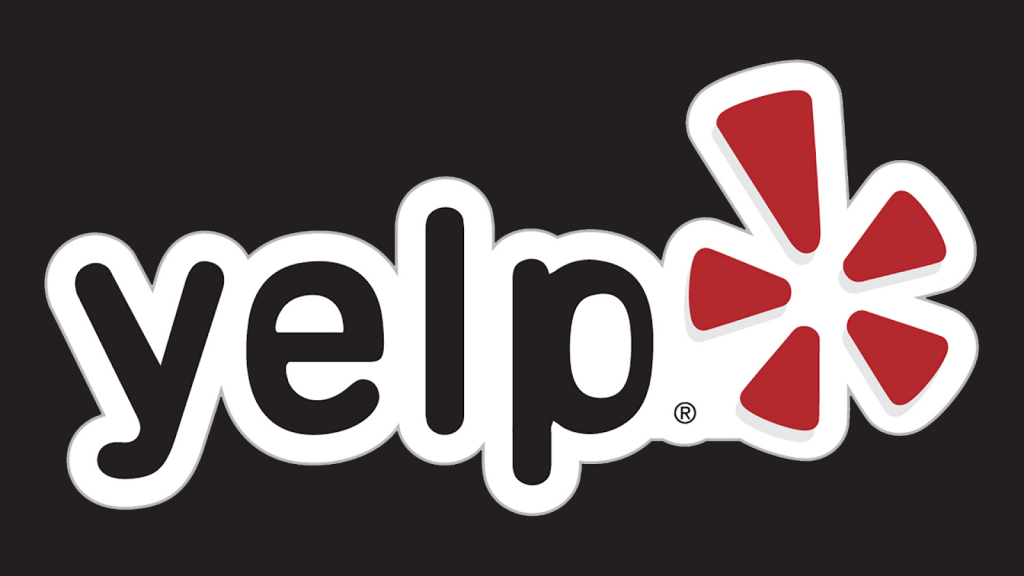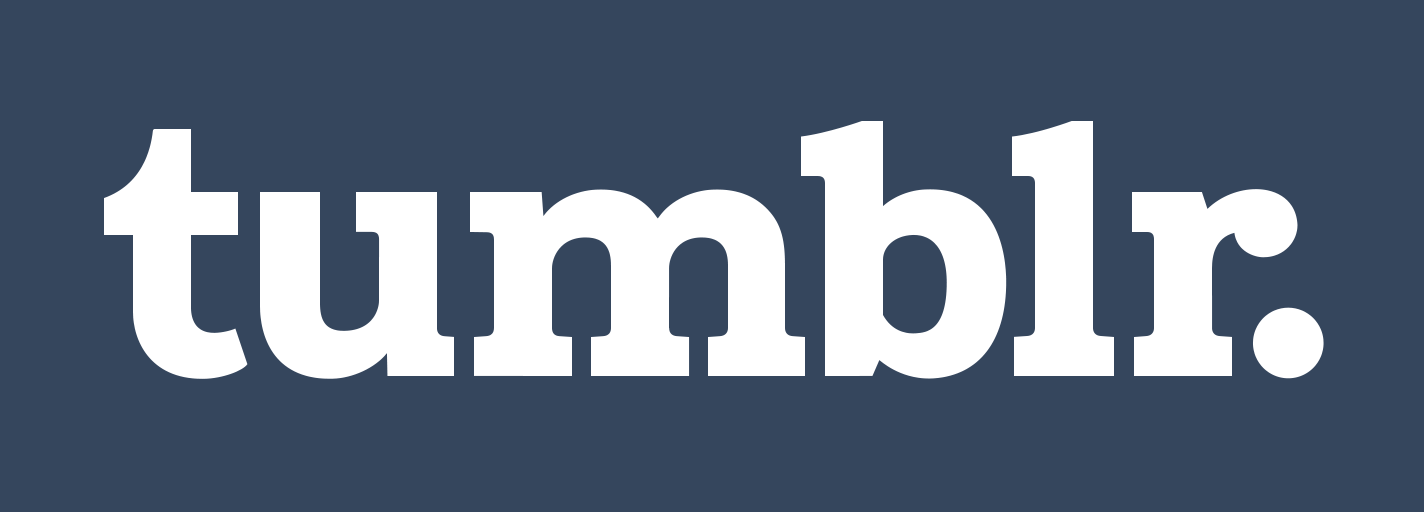Facebook? LinkedIn? Pinterest? A Complete Guide to Social Media Sites That Will Drive You Leads Without Wasting Your Time (PART TWO)

Admittedly, we could be better about using social media for lead generation.
We could strengthen our presence on platforms like Facebook and Twitter, as well as explore other options like Pinterest.
We plan to focus more on social media in the coming weeks and months, but we need to make sure we have a good understanding of each platform before we dive in.
Last week, in Part One of our complete guide to social media, we delved into five of the most popular social media platforms used today. Those included Facebook, Twitter, and Instagram.
This week, we’re going to cover other popular platforms like LinkedIn, Pinterest, Yelp, and even Tumblr.
If you’re more of an old-hat marketer who’s baffled by social media, here are five more platforms that will help you determine the best social media sites for lead generation in your business.

Quick overview: LinkedIn is a professional networking resource. You can create a resume, share links to your past work, and get recommendations and reviews from former coworkers and employers.
By linking with others in your network, that network grows. That gives you more opportunities to reach out to potential employers.
You can also publish informative articles on LinkedIn, increasing your authority. There’s an option to join groups and connect with other users as well.
Who’s using it: Once again referring to the 2016 Social Media Marketing Industry Report from Social Media Examiner, LinkedIn boasts more than 600 million employers and employees looking to connect.
The same report notes how B2B-heavy LinkedIn is. About 37% of marketers use the platform more often than Twitter (10%).
Which business it’s best for: LinkedIn’s audience is built right into the platform. It’s ideal for those who are looking for a job or are trying to change careers. Job recruiters are often on LinkedIn to find potential candidates. Then there are the companies themselves, which range from startups to Fortune 500s.
Organic social media lead generation opportunities: To introduce the public to your company, you can create a LinkedIn Company Page. This is where you’d post job openings, describe your services and products, promote your brand, and share the history of your company.
Paid ad options: You have several paid ad options when using LinkedIn. If you already made your LinkedIn Company Page, you can attract new leads via Sponsored Content. This promotes some of your best content, establishing you as an authority and pushing brand awareness.
You can also use a Sponsored InMail Example, where you send branded, sponsored content via LinkedIn’s messaging system.

Quick overview: Intended for both personal and professional use, Pinterest allows you to create idea boards full of pictures, videos, and other content. Each piece of individual content is called a pin. Pins are valuable because they provide the original source link and tags that others can search to find your specific pin.
Those who use Microsoft Edge, Safari, Internet Explorer, Mozilla Firefox, and Google Chrome can even make use of the Pinterest browser button. This allows you to save fun information from all over the Internet and puts it on Pinterest. There’s also a Save Button which allows users visiting your site to save your images to their Pinterest boards.
Who’s using it: According to Pinterest itself, this platform has more than 175 million users. Many of those are millennials (52%), but they’re not the only ones addictively pinning and sharing.
The Next Web notes how there are more females than males on Pinterest (a 4:1 ratio). Most who log in will do so on mobile (80%), and half the user base are from countries outside of the US.
Which business it’s best for: DIYers get a lot out of Pinterest because it’s a great place to share their projects and get inspiration. Those who are interested/work in travel, design, food, and fashion also benefit from this social media platform, found The Next Web.
Companies that sell products should also use Pinterest. According to the platform’s business page, “the majority of people on Pinterest use it for discovering products and making purchases —all at a much higher rate than people on other platforms.”
Of its user base, almost all users (93%) will browse Pinterest before they buy a product. Almost as many (87%) were swayed by Pinterest and bought a product after browsing the site.
That’s powerful for product-based businesses.
Organic social media lead generation opportunities: By adding keywords to your pin descriptions, you can make it easier for your audience to find you. These people can turn into leads if your pin is enticing enough to click through and subscribe to an opt-in on your site. You can also create keyword-rich boards to attract leads, and with Pinterest Analytics, you can see which of your pins is driving the most click-throughs to your site.
Paid ad options: For a fee, you can create Promoted Pins. Pinterest itself says these are meant to increase traffic, encourage customer purchases, and strengthen brand awareness. These pins are more heavily promoted and thus reach a bigger audience.
YouTube

Quick overview: YouTube, founded in 2005, is all about videos. The YouTube site is free to register, upload, share, and comment on videos. There’s also YouTube Red, which is a paid video service.
Users start channels, which contain all the videos by that user. Those with a high number of subscribers are invited to monetize their videos, where they make a cut based on pre-video ads. Some YouTube users make a living from this platform alone.
Who’s using it: According to SEO resource FortuneLords.com, 1.3 billion people use YouTube to watch and share videos. Of those, the biggest age groups are 35 to 44 (26% of users) and 25 to 34 (23% of users). There are generally more males (63%) than females (38%) on YouTube.
Every month, one billion people around the world will watch their favorite YouTube channels. That means that even the biggest cable networks don’t have as far a reach as YouTube does today.
Which business it’s best for: Although you might not think so, small businesses can thrive on YouTube. FortuneLords.com says a portion of these businesses (9%) upload videos to their respective channels regularly.
YouTube works well for almost any business, though. Here at AutoGrow, I personally use YouTube a lot. To me, it’s one of the highest-engaging platforms out there.
Organic social media lead generation opportunities: Potential leads can search for specific channel names, video topics, or even video tags to find you.
You can include calls to action at the end of each video encouraging viewers to download free supplemental content. You can also link to this content in your video description. With its lead magnet potential, YouTube can be a great platform for lead generation.
Paid ad options: Ads are often shown before videos on YouTube. As mentioned, monetized channels get a cut of the revenue from these ads. You can also make your own video an ad for a fee. YouTube lets you divide your audience into segments and use analytics to see which ads are faring best.
Yelp

Quick overview: Yelp is a resource for users who want to find businesses and services near them. Users can leave reviews of these businesses and rate services on a star rating system. They can also attach pictures of their food, hotel room, product, etc.
By reading these reviews, you can make an educated decision about which businesses to buy from and which to avoid.
Who’s using it: According to Yelp itself, as of this year, 73 million new users have tried the Yelp mobile app, sharing 127+ million reviews.
Many Yelp users have a college education (59.7%). Most are between 35 and 54 years old (37.6%), but younger users between 18 and 34 years old also use this platform (36.9%).
Which business it’s best for: The Next Web explains that bloggers, reviewers, travel agencies, restaurants, and retailers can further their businesses the most thanks to Yelp’s honest reviews.
Organic social media lead generation opportunities: Yelp may not be used for traditional lead generation, but most consumers will check Yelp before visiting a brick-and-mortar restaurant or shop. In a paper written by Michael Luca for Harvard Business School, he notes that a one-star increase in Yelp rating leads to a 5% to 9% increase in revenue. This assumes that the more stars you have for your store or restaurant, the more potential leads you’ll get coming through the door.
Paid ad options: There are no paid ad options on Yelp.
Tumblr

Quick overview: Tumblr is a social media platform where users make their own microblogs. With these blogs, they can share GIFs, images, videos, and write text posts. They can also repost someone else’s content on their own blog.
Users can get in touch with others by messaging or by asking questions (which can be anonymous). It’s also possible to track who liked and shared each post on Tumblr, giving you a way to find other users with similar interests.
Who’s using it: Does anyone still use Tumblr? In all seriousness, the answer is yes. According to Sprout Social, every day, Tumblr users create 80 million posts (as of 2016). There are also more than 200+ million microblogs on the platform.
Most users skew younger, with 20% of all Tumblr posters between 18 and 29 years old. More users are urban (16%) than suburban or rural.
Which business it’s best for: Any business that’s visual-based can create viral content on Tumblr. The more ridiculous that content, the better. See restaurant chain Denny’s Tumblr for an example.
Organic social media lead generation opportunities: Like many other social media platforms, you can create tags on Tumblr. Users can search those tags or search specific blogs to find you.
Paid ad options: You have a few paid ad options on Tumblr. There’s the Sponsored Day, where for one day, you get a special promotional page on the popular Tumblr Explore page.
With Sponsored Video Posts and Sponsored Posts, your ad will appear as users scroll through their dashboards.
Conclusion
To reiterate what I said in Part One of this guide, the social media platforms I’ve covered here are known for their successful track records. If you’re wondering which to invest your time and money into, any of them would be a smart choice (except maybe Tumblr).
To review:
- LinkedIn is a fantastic resource for professionals. By writing content and sponsoring it, you could reach brand new audiences.
- Like a diamond in the rough, Pinterest is one of the best platforms for generating traffic. You have to know how to use it though, particularly through using keywords and sharing interesting pins.
- YouTube is great if you’re more visual or the information you want to share is too complex for a blog format.
- If you want an unfiltered view into what people really think about a company, Yelp will tell you. This can influence consumer decisions.
- The weird little cousin of the social media bunch, Tumblr does have its place. Companies that are highly visual will do well on this platform.
Did you find both parts of this social media guide helpful in understanding more about these platforms? Which platform do you plan on using now that you know more about it? Let me know in the comments.
Keep Hustlin’, Stay Focused
—Matt

















